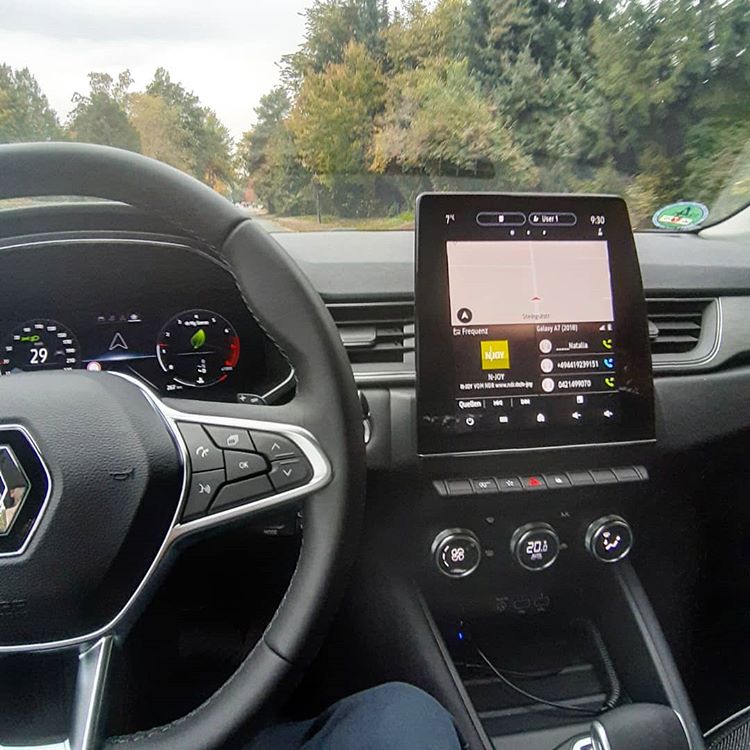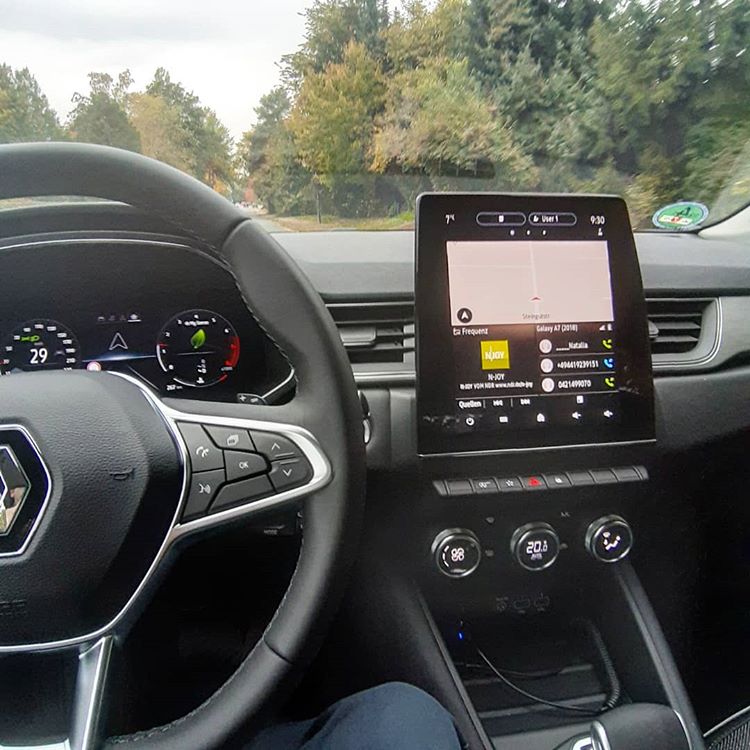- How Are We Influenced (by Digital)?
- Our (Digital) Competencies
- Is the Internet Addictive?
- A Machine Like Us
How Are We Influenced (by Digital)?

Our cars have transcended being a mere mode of transportation.
Do we really spend ninety-nine days of the year online watching cat videos? Well, I don’t. I mean, I do waste time on the internet the same as the rest of us, but as I work in the industry my surfing is “research”. Honestly! I really don’t surf that much. I post, compare, record, save, publish – for both myself and my clients. I’ve taken advantage of Amazon’s print on demand services to publish three books in 2020 – on the other hand, I have built precious few lego models. There is a large part of me that yearns for a day building lego models.
This is not to say I don’t use my hands. I cook, I sculpt, I clean, I take things from the shelves of our local supermarket and wine store – my hands are in touch with more than a keyboard or a smart device. Lego just seems more tangible than what I create on a screen. Hence my publishing three books, in print (first) and then as ebooks and audiobooks. My pre-teen son rolls his eyes at such creative whimsy. Now, HE watches a lot of cat videos, or skateboard videos, or whatever it is twelve-year-old boys spent ninety-nine days a year watching. This is a concern, as I think it is for most parents because this ‘Internet culture’ of ours really does change how we think, it changes our language, and if you would like to turn on the news you can see it is changing society.
We spend 27% of our time on earth online, looking at a phone or some other online-enabled device. That was BEFORE covid19.
https://thenextweb.com/tech/2019/01/31/study-shows-were-spending-an-insane-amount-of-time-online
Our (Digital) Competencies
The Corona lockdown means that for the winter semester, all the Senior courses I offer have (again) been cancelled – Seniors being a high-risk group, and the courses are rated as “non-educational / hobby”. Ironically. Looking over my lesson plan for the first two modules – “What does digital mean to me” and “Communication and Learning”, I’m not so sure they are non-educational.
We interact through and with technology – often without thinking. Certainly the younger generation have a more intuitive competency (with most things) than I believe the older generation (myself included) have. Digital competence is understood to be the confident and critical use of electronic media for work, leisure, and communication. It does, however, consist not only of digital skills but also contains the social and emotional aspects necessary for using and understanding digital devices. What is Digital Competence though?
Our digital competencies are broken down into five areas:
- information (gathering via and understanding digital devices)
- communication (using digital devices and apps)
- content creation (ah yes … we love taking pictures, writing posts, and sharing them)
- safety (our own personal, that of our data, and using devices to protect us)
- and problem solving. (using digital to solve a problem – and to give us gratification)
There is a double trust problem with developing digital competency – first, we need the motivation to use new technology and second, we need the motivation to participate in the necessary further training measures.
Trust is a question of reason, of practical independence and routines, and trust is a question of experience. Self-confidence = self-efficacy Conviction to be successful by our own efforts – to solve problems, and to overcome challenges.
The key to success here is of course, gratification – problem solving. However, what happens if gratification supersedes the need for which we really began to use the tool in the first place? When do we begin driving our car not to get from A to B, but because it’s cool using the car’s multimedia system with voice-activated Bluetooth video playback? When does gratification end and addiction begin? We used to use tools for a specific purpose, retrieving them individually from our toolbox or tool shed. Our mobile devices now offer us everything we require in one tool – information gathering, entertainment, problem solving, security, and communication. They are more than a tool.
“I don’t want to learn how to use Skype – I want to learn which button I need to click so that I can talk with my grandchild”
Mr & Mrs Senior Public
Is the Internet Addictive?
Probably. Anything that allows us to spend hours in self-gratification is probably going to swing in that direction. There are certainly countless studies that point to a growing problem of internet over-use. Generally, researchers believe that loneliness is a crucial factor when considering internet addiction (Morahan-Martin and Schumacher, 2003; Manouchehr et al., 2007; Song et al., 2014; Demir and Kutlu, 2016).
“What’s common across all substance and behavioural addictions is their stunning ability to increase levels of an important chemical in the brain called dopamine.” (Maureen Boyle, a public health advisor and director of the science-policy branch at the National Institute on Drug Abuse)
https://www.livescience.com/60694-why-do-we-get-addicted.html
“Dopamine is a powerful hormone that gives us pleasure — delight. Social networks know this about us humans. Notifications train our brains that we have been accepted. Ding. You’re loved. Ding. You’re important. Ding. Dopamine. Ding. Dopamine. I can become an addiction, like anything that gives us pleasure. But the connection is what makes it amazing. It fits right in with Maslows’ Hierarchy of Needs.”
Bridget Willard, Learning Social Media Success
A Machine Like Us
Of the six hours a day, we spend hooked into the internet, about two and a half hours is spent on social media platforms. We are spending a growing amount of time being social from a safe distance via our phone – and not only with other people. We have begun having conversations with Alexa, or Siri, or Google Assistant about recipes and music; and it has become easy for us to expand that conversation to include jokes, music, and asking for advice.
Rather than be alone, or deal with the foibles of another person, we are finding it very easy to settle for having a dialogue with a machine that can trick us into believing they understand us. As in many aspects of our lives, we are trading the hard work necessary for authenticity and empathy for that of convenience – and ultimately choosing to be alone. However, when a thing such as a smart device, becomes that indispensable it’s probably time to give it up.
In the 1960s MIT built a computer psychotherapist called ‘Eliza’. Like a client visiting a therapist, you sat in front of a computer screen and typed in what was bothering you. The computer basically repeated back to you what was typed in, in the form of a question. People knew that the computer did not understand what was being typed in, but after many tests, it was discovered that people became quickly engrossed. They would sit for hours telling the machine incredibly intimate details of their lives. What ‘Eliza’ showed was that what made people secure was them reflected back to themselves – just like in a mirror.
Hypernormalisation, 2016, Chris Adams
Further Reading – Sources
https://thenextweb.com/tech/2019/01/31/study-shows-were-spending-an-insane-amount-of-time-online/
https://www.livescience.com/60694-why-do-we-get-addicted.html
https://ec.europa.eu/jrc/en/digcomp/digital-competence-framework
